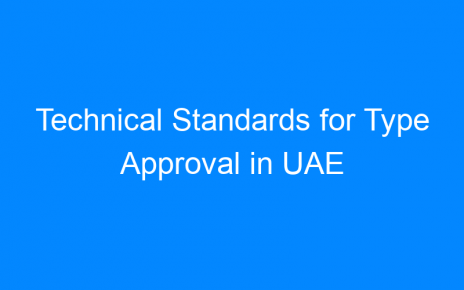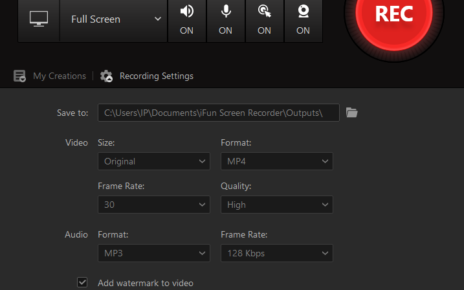Definition of Personnel Management:
Table of Contents
It is defined as obtaining, utilizing, and maintaining a worthwhile workforce. It is mainly connected with the employees at work and also their significant relationship within the organization where they work.
In other words, Personnel Management is the other word for human resource management within an organization.
Nature of Personnel Management:
- It includes the development and compensation function of the employees’ performance.
- It is an extended field of general management. It is concerned with promoting and stimulating a compatible and competent workforce so that the productivity of the employees is the maximum.
- Its main purpose is to advise and guide the line managers in personnel matters as it deals with everything related to the staff of the organization.
- It sheds light and emphasizes the action rather than making lengthy and theoretical schedules and plans. Rational personnel policies are designed to effectively solve the problems and grievances of the employees.
- It is based on the general human orientation as it always tries to help the workers develop their potential to fully concentrate on their work with full cooperative skills.
- It also motivates all the employees through its incentive plans so that the employees give their best at work and help in boosting the profitability of the business.
- Personnel Management deals with human resources as it manages both individuals and team workers.
Role of Personnel Management:
The head of the personnel department is a personnel manager who performs both the managerial and operative functions of the management within an organization.
The general role of a personnel manager can be summarized as follows:
- The manager assists in the top management whereas the top management entails and includes all the primary policies of relevance and concern. All kinds of personnel rules and regulations can be framed out efficiently by the personnel manager.
- He advises the line manager as a staff advisor and guides the line managers regarding various personnel matters.
- The personnel manager acts as a connecting bridge between the employees and the management.
- Being in direct contact with the employees, he is acting as a direct representative of the organization. All the pieces of training are conducted through him.
Difference between Personnel and Human Resource Management:
There are some similarities and differences in both personnel and human resource management discussed in various points below:
- Personnel Management is a traditional approach to managing workers or employees in the organization whereas human resource is the modern approach to the same issue.
- It focuses on personnel administration, employee welfare along labor relations. On the other hand, human resource management targets the acquisition, development, motivation, and maintenance of employee’s wellbeing in the organization.
- It works on the principle which assumes that people are the input for the achievement of the desired goals of the organization. However, human resource considers people as a valuable source to achieve the targets of the company, and workers or employees are the precious assets of the company.
- It allows the top management to make one-sided smart decisions as per the rules of the company but in the case of human resources, the decisions are made after mutual collaborations with the line managers and the HR manager based on the employees’ performance and efficiency.
- It is a routine function and HR management is the strategic function of the organization.
Extending to the Strategic Human Resource Management
There is a new trend to replace the term personnel management with human resource management (HRM). There is also a concept emerging as (SHRM) known as strategic HRM. The HRM covers all the managers’ roles altogether rather than just focusing on the payroll manager’s role.
From the advantage of analytical reporting, a macro perspective is included in the SHRM. But in HRM, a micro approach is represented to resolve the majority of management issues.
Strategic Human Resource Management (SHRM):
SHRM is the process of connecting the human resource function with the strategic objectives of the organization to enhance and escalate business performance. Attracting and keeping the most competent employees having the right skills and supported by the right leaders is an important matter.
An organization can easily develop a professionally competitive benefit through the skill sets and competencies of its workers.
To retain the business success SHRM plays a vital role by improving the graph of business performance.
Conclusion
You can opt for the highly reliable and cloud-based software of SMACC so that your business starts accelerating on the path of success and victory. The cloud-based software allows the global accessibility feature of the software making your system quite flexible and scalable. As the business grows the requirements increase and thus scalability is required. SMACC ensures that it fulfills all the requirements of your business to benefit you in the long run.




